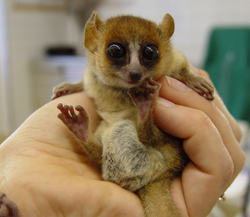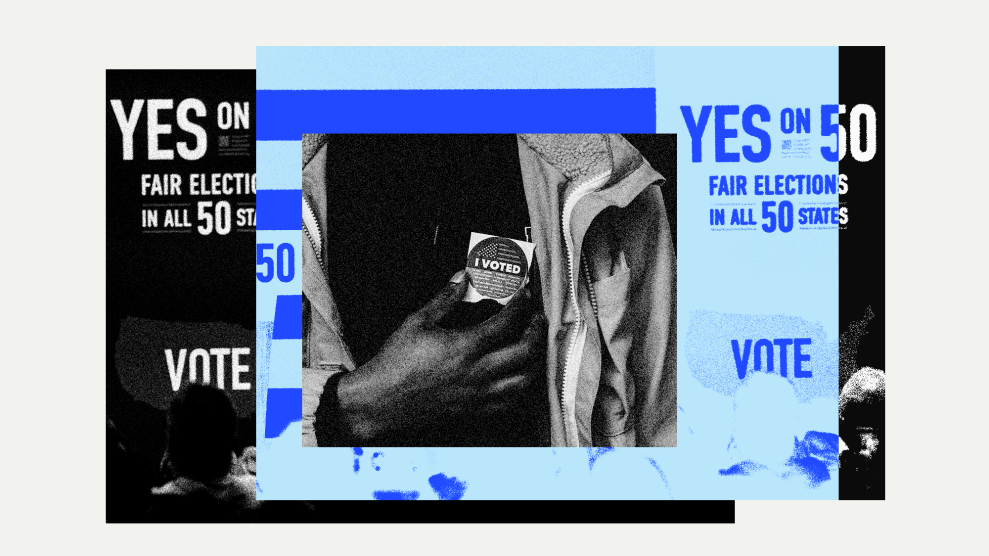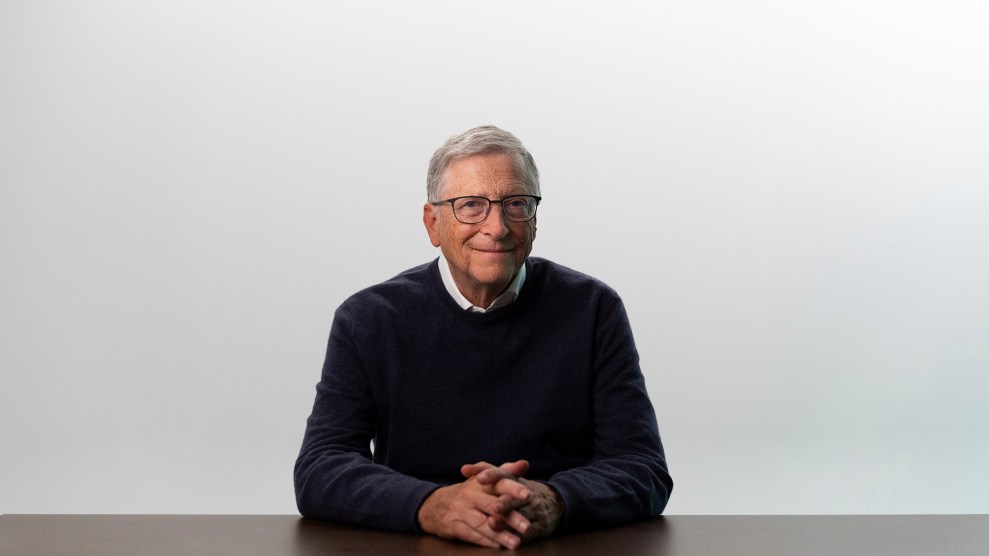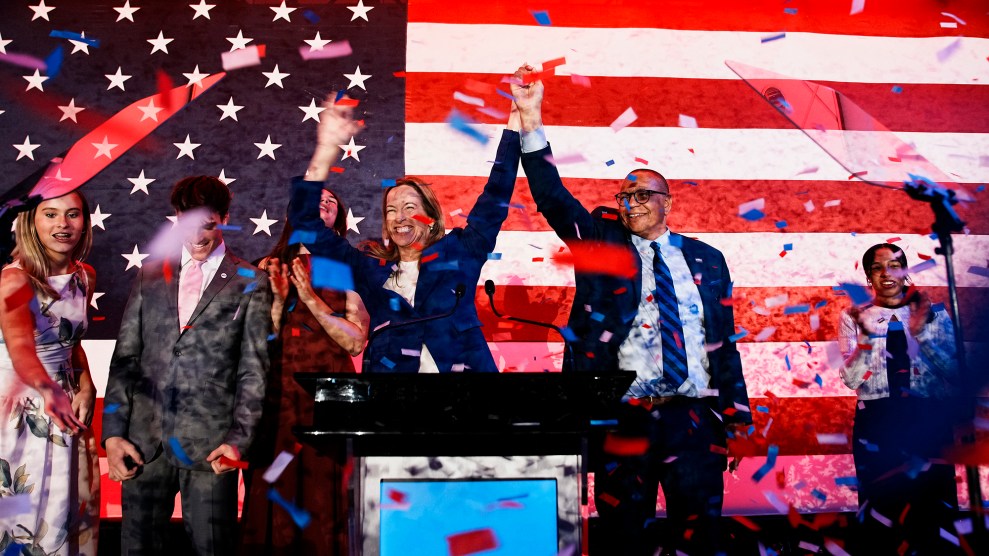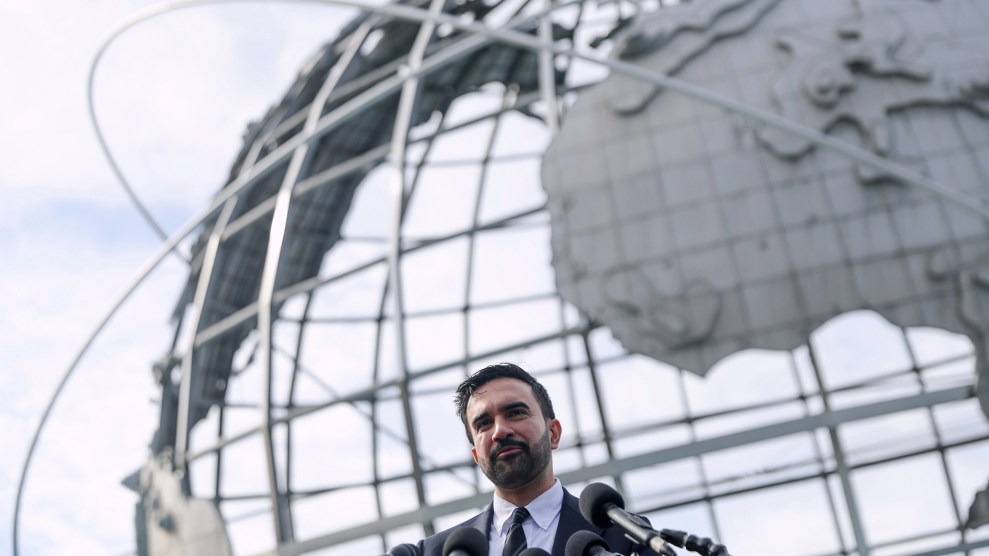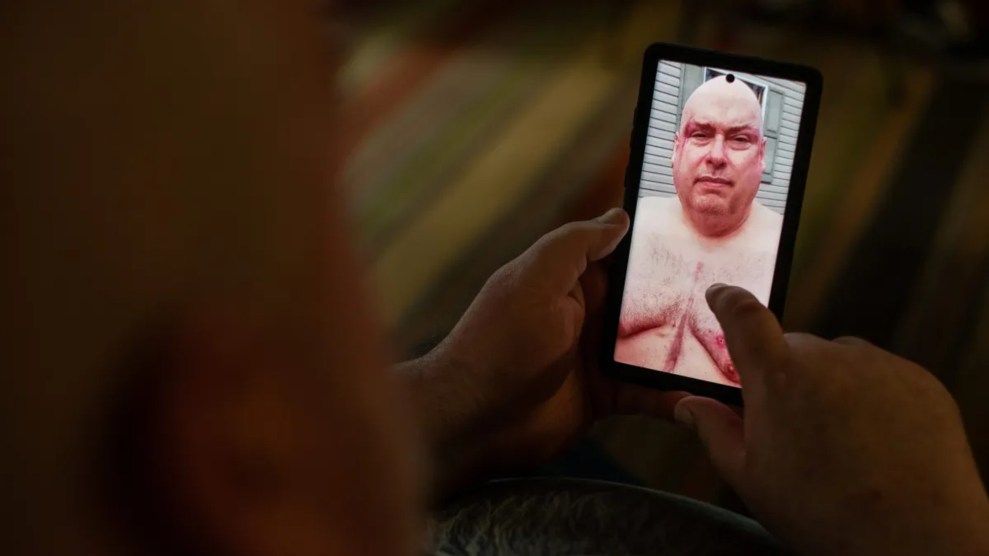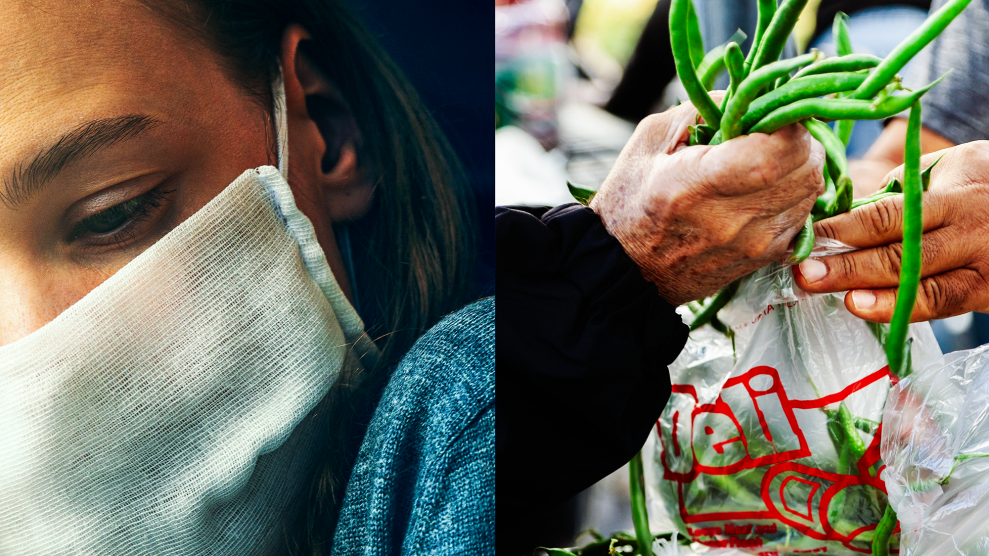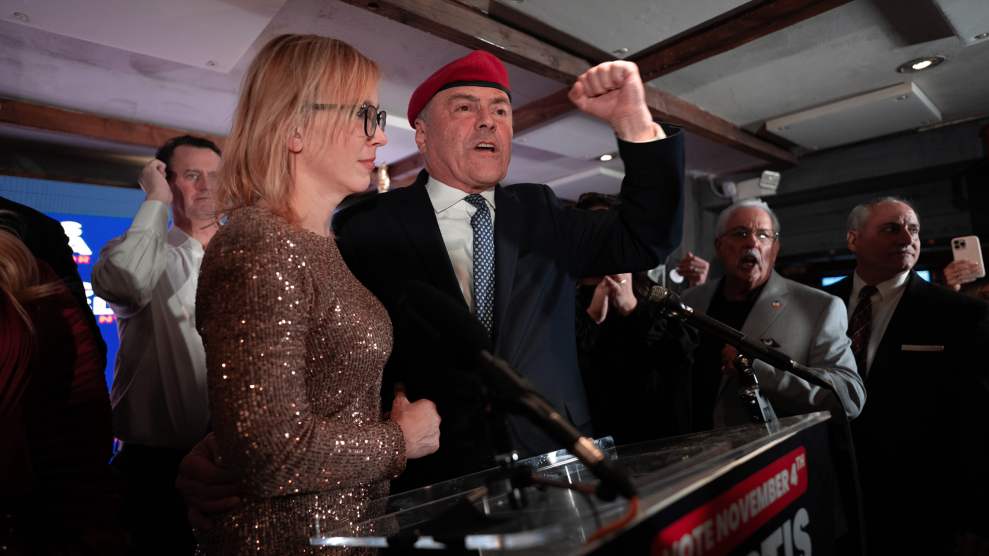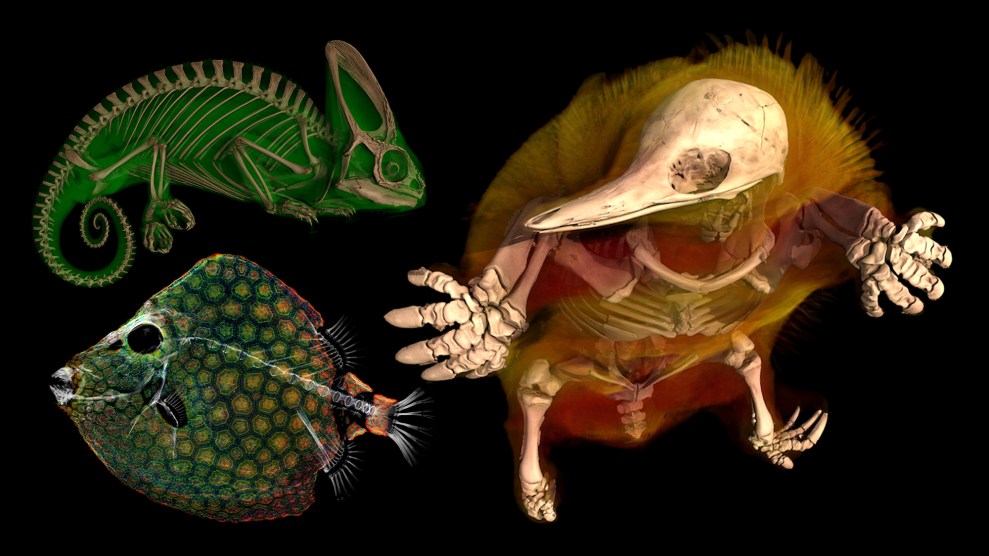
Scanned specimens from the oVert project.Photo courtesy of the openVertebrate Project
It’s 1963. You’re an African spiny mouse in Egypt. You mostly eat dates, but you’re known to consume the dried flesh of local mummies; your species was here long before they were.
In another 60 years, it’ll be discovered that your fur hides regenerative, bony scales called osteoderms—an incredible adaptation long thought exclusive to armadillos and reptiles. The finding is pure accident: a herpetologist on an unrelated project, Dr. Edward Stanley, happens to scan you and catch “something strange.” You launch a small scientific firestorm and several research studies. Researchers hypothesize that you could help unlock regenerative medicine, a nascent field which seeks to replace or “regenerate” our cells and organs.
But that’s a long way off.
Back in ’63, Charles A. Reed, the young curator of Yale’s Peabody Museum, packs you into a traveling bag with dozens of other spiny mice, likely relatives. You’re dead, by the way. But you will have an afterlife. You will be ooohed and aaahed at by Connecticut schoolchildren, if you’re among the one to two percent of specimens that make it into a display case. More likely, you will prodded by researchers. Hopefully not undergrads. Even more likely, you’ll sit tagged and stored in a climate-controlled room on campus. I imagine that even in the dull light of Yale, your golden fur glints.
Around the same time, British engineer Godfrey Hounsfield ponders how to “look inside a box without opening it.” It takes the soldier-turned-inventor—described as “thick” by schoolteachers—until 1971 to outshine his peers by inventing the CT scan, or computed tomography, which uses X-ray technology to create detailed internal images of the body. His invention transformed medicine, but Hounsfield had no interest in the field; his device was produced by the company that manufactured Beatles records. He still wins the Nobel Prize for Physiology or Medicine a few years later. Hounsfield dreams of using his invention to find lost passages in Egyptian tombs. He never does, but CTs are used to scan countless mummies during his life.
In 2017, some two decades after both men died, Reed’s museum and Hounsfield’s revolutionary machine finally meet.
Unlike humans, who slide into CT scanners on a gurney and remain still as it moves, you—the mouse—are mounted vertically and spun around while the machine sits motionless. Perks of being dead. You’re placed there by Stanley, the fast-talking and enthusiastic British herpetologist.
In this moment, you reveal your secret, the dermal armor that coats your tails. It’s a stroke of luck that Stanley, a lizard expert, took you to the machine. How does a mouse mostly found an ocean away develop the same trait as distant lizards and armadillos? Geneticists dive in. Through RNA sequencing, they identify the gene networks that allowed the change to evolve. Scientists are still trying to figure out if osteoderms play the same protective role in mice that they do in other species.
The discovery probably wouldn’t have happened without Stanley’s passion for digital equity. Researchers have scanned tens of thousands of specimens since Hounsfield invented the CT scan—but digitization was “so piecemeal,” Stanley explains, because researchers were “scanning things for specific projects” and not sharing data from each scan. That made quick collaborations like the spiny mouse study much rarer and more difficult.
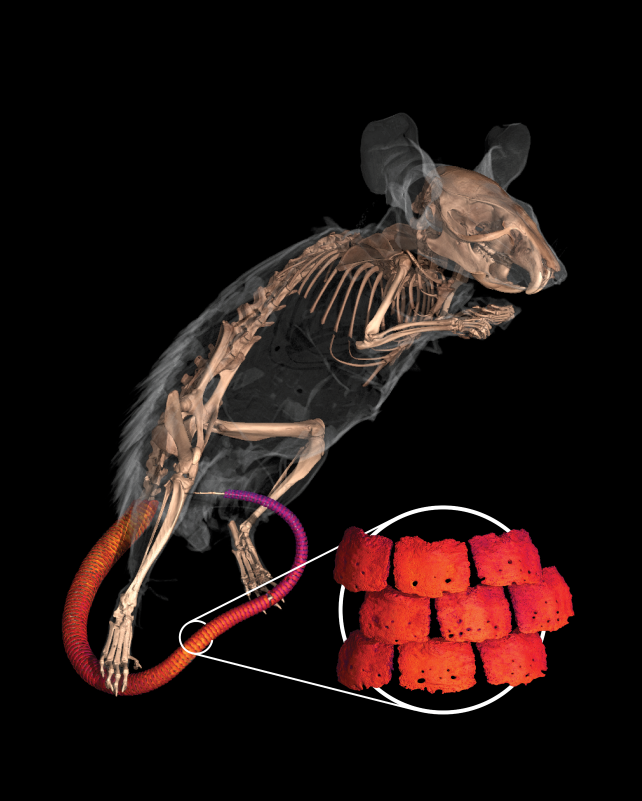
CT scan of an African spiny mouse.
Photo courtesy of openVertebrate Project
But this scan was part of Stanley’s openVertebrate project project, or oVert, which was trying to change that. Instead of handfuls of scans accessible only to some academics, oVert set out to scan thousands of specimens and make the data available to anyone. Over the last six years, they did just that, analyzing 20,000 specimens from museums across the US. In March, they made it all— images, 3D morphology files, and code—available to anyone with internet access. The trove of data has logged almost a million views and been downloaded almost 100,000 times. They’ve since received data for 54,000 more specimens.
The proof is in the pudding, and it’s not all about mice. More than 200 peer-reviewed publications, with several hundred authors, have cited oVert’s data, including at institutions across the US and from China to Portugal, to India, to South Africa, and to Australia. Researchers have finally figured out the anatomy of the “elusive” blind snake, or how frogs lost their teeth. They’ve found a new species of lizard, among countless other discoveries.
Stanley’s oVert project is both the culmination of long research and the propellant for much more. Without Hounsfield’s CT scanner, and without thousands of researchers following in Reed’s footsteps, these discoveries wouldn’t be happening. They also couldn’t happen without those, like Stanley, committed to more public access and collaboration with diverse research institutions. And that’s sorely needed in the field.
In 2024, you still sit preserved in the Peabody, where you’ve been since JFK was president. But every detail of your form is on the cloud, and can be seen across the world. Your afterlife has gained its own afterlife.
The specimens that sit in Yale’s Peabody, and similar collections, were in large part gathered by colonial expeditions or projects, sometimes traveling on slave ships, used to help justify colonial expansion, or stolen along with precious cultural artifacts. That legacy still permeates the field, shaping who can access zoological repositories and knowledge. More than 70 percent of specimens “are located in developed countries with colonial histories,” writes Daniel Park, a biologist at Purdue University in Indiana. That, Park says, hinders former colonies’ ability to conduct research. And it’s exacerbated by a digital divide that makes data inaccessible outside select institutions: less than 10 percent of zoological research collections digitize and share images of their specimens. Park calls on those institutions to expand their digital reach and remedy the harm to the Global South, including by investing in research abroad.
Stanley realizes the problematic history of the museums he inhabits, which, in his words, began as “cabinets of curiosity that rich aristocrats in their houses [showed] off to their mates.” Even when those museums transformed into public-facing institutions, beginning in the mid-19th century, only small portions of their collections were ever shown to the public.
Stanley is ready to change that. “The next stage is making the data truly available,” he says. “That means increasing training for people. It means improving the pipelines…It means making educational resources available for people, and training scientists to better articulate their science.”
“I like the idea of this being the next phase of natural history museums, where we can not only point to the the overwhelming and slightly befuddling diversity of things we have, but actually let people explore that themselves,” Stanley says. “I’m collecting things today that I hope in a hundred years’ time will be used in ways I couldn’t begin to imagine.”




